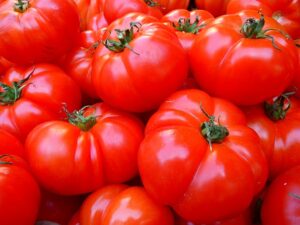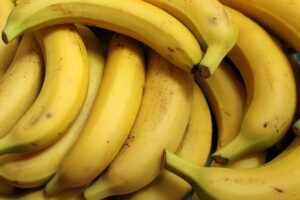Introduction
In yeast, a specific cohesin protein plays a crucial role in the process of meiosis. Meiosis is a specialized form of cell division that occurs in sexually reproducing organisms, leading to the formation of gametes. The identification and understanding of meiosis-specific cohesin proteins in yeast have provided valuable insights into the mechanisms underlying this essential biological process.
Meiosis-Specific Cohesin Protein in Yeast
One of the meiosis-specific cohesin proteins in yeast is called Rec8. Rec8 is a kleisin subunit of the cohesin complex, which is responsible for holding sister chromatids together during cell division. Unlike the mitotic cohesin complex, which is present throughout the cell cycle, Rec8 is specifically expressed during meiosis.
Rec8 is essential for the proper segregation of chromosomes during meiosis. It ensures that sister chromatids remain connected until the appropriate stage of meiosis, when they are separated to form haploid cells. Without Rec8, the chromosomes would fail to segregate correctly, leading to aneuploidy and genetic abnormalities in the resulting gametes.
The expression of Rec8 is tightly regulated during meiosis. It is initially synthesized during the pre-meiotic S phase and accumulates until it reaches its peak levels in early meiosis. Rec8 is then phosphorylated, which triggers its localization to the chromosome arms. This localization is crucial for the establishment of sister chromatid cohesion.
During meiosis, Rec8 interacts with other cohesin subunits, such as Smc1, Smc3, and Scc1, to form the cohesin complex. This complex is responsible for holding sister chromatids together by forming a ring-like structure around the DNA. The presence of Rec8 in the cohesin complex ensures that sister chromatids are held together until the appropriate stage of meiosis.
Other Meiosis-Specific Cohesin Proteins
In addition to Rec8, yeast also possesses another meiosis-specific cohesin protein called Mei4. Mei4 is a meiosis-specific kleisin subunit that is involved in the regulation of meiotic recombination. It interacts with the Rec8-containing cohesin complex and promotes the formation of double-strand breaks, which are essential for meiotic recombination.
The presence of multiple meiosis-specific cohesin proteins in yeast highlights the complexity and specificity of the meiotic process. Each cohesin protein has distinct functions and contributes to the proper progression of meiosis.
Conclusion
In yeast, the Rec8 protein is a meiosis-specific cohesin protein that plays a crucial role in ensuring the proper segregation of chromosomes during meiosis. Its expression and localization are tightly regulated, and it interacts with other cohesin subunits to form the cohesin complex. The identification and understanding of Rec8 and other meiosis-specific cohesin proteins have provided valuable insights into the mechanisms underlying meiosis in yeast.
References
– Katis VL, Lipp JJ, Imre R, et al. Rec8 phosphorylation by casein kinase 1 and Cdc7-Dbf4 kinase regulates cohesin cleavage by separase during meiosis. Dev Cell. 2010;18(3):397-409. doi:10.1016/j.devcel.2009.12.023
– Brar GA, Hochwagen A, Ee LS, Amon A. The multiple roles of cohesin in meiotic chromosome morphogenesis and pairing. Mol Biol Cell. 2009;20(3):1030-1047. doi:10.1091/mbc.e08-09-0922













